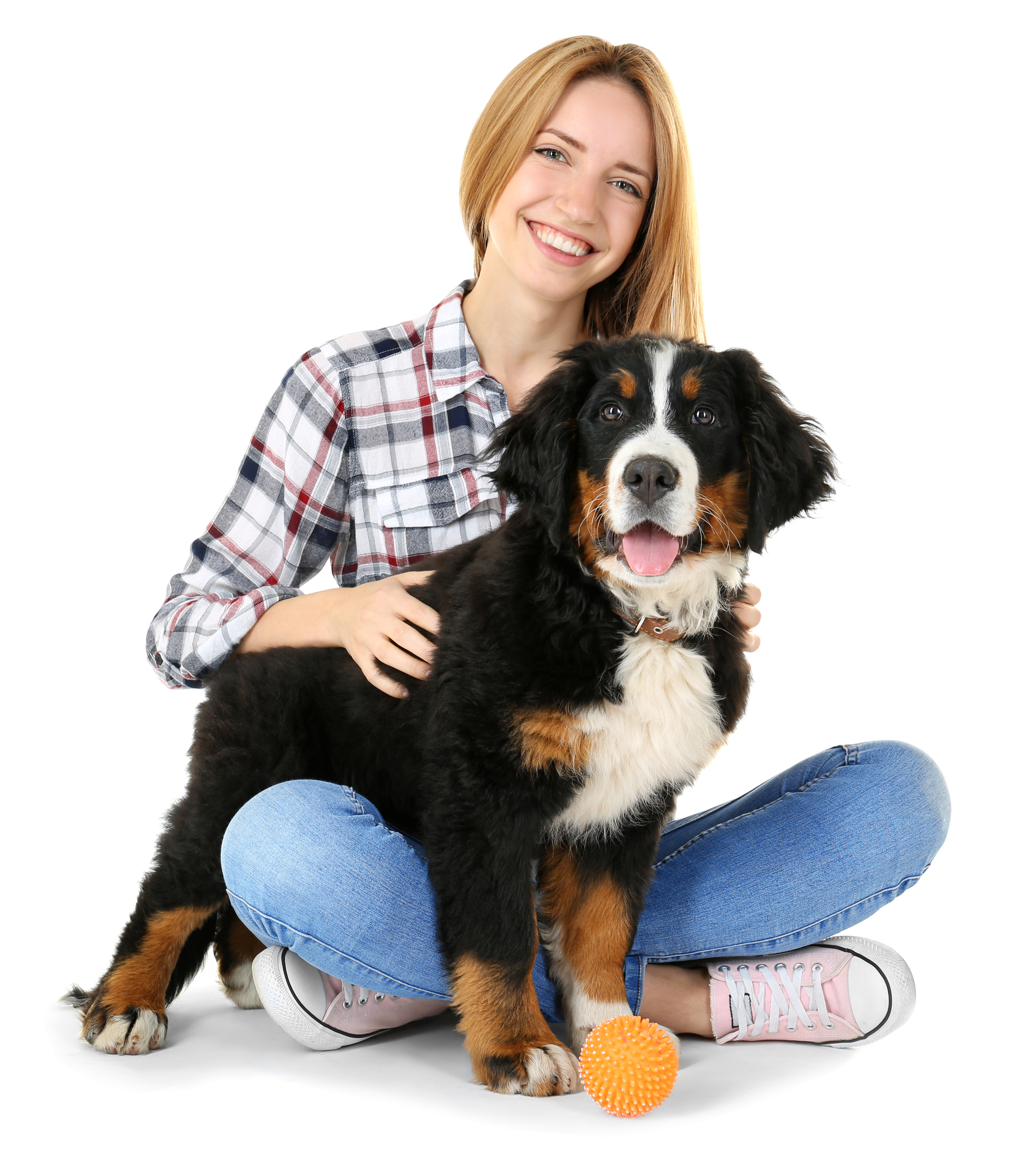With a name like “Bloat” one might make the mistake that this isn’t a severe medical condition, which is why we at IndulgeYourPet wanted to take a moment and discuss precisely what bloat is, as well as discuss some symptoms associated with this medical condition so that if your dog every suffers from it you’ll be able to identify it and seek out emergency medical care immediately!
With that said…
Let us first just be sure that we get all of the vocabulary down first. You see, several different names can refer to Bloat. Names such as:
- Bloat,
- Gastric dilatation-volvulus,
- Stomach twisting,
- Gastric torsion.
And as you can see, some of these other names tend to sound a bit more serious, bringing us to our definition of Bloat and why it’s so dangerous.
Gastric Dilatation Volvulus (GDV) defined:
Gastric dilatation volvulus is a medical condition in which the stomach becomes “overstretched” (gastric dilation) and rotated due to an overproduction of gas.
As a result of gastric dilation, the large blood vessels that supply the stomach get “cut off” or “pinched,” reducing the blood supply to the stomach. This will often result in:
- Irreversible organ damage to the stomach (gastric necrosis),
- Septic shock,
- And even death if not treated immediately.
Symptoms or Signs of Bloat
In addition to a general feeling of discomfort which may demonstrate itself by fidgeting or fatigue, common symptoms that you’ll likely see in a dog that is suffering from GVD may include:
- An enlarged abdomen or abdominal swelling,
- Difficult breathing,
- Excessive drooling,
- Non-productive retching or “dry heaving”
- Weakened pulse,
- Facial paleness of the mouth and nose.
Potential risk factors for GVD in dogs
While it is true that just about any dog breed can potentially suffer from bloat, research indicates (case-control study) that larger dogs particularly those weighing over 99 lbs (giant breed) tend to have an increased risk for developing bloat.
Dog breeds with an increased risk for bloat will typically include:
Treatment options for bloat in dogs
Bloat hasn’t earned the nickname “the mother of all emergencies” for nothing, so if you believe for a moment that your dog may be suffering from bloat for any reason, you should immediately take your dog to a pet hospital!
This is because…
Even with treatment, bloat is associated with a very high mortality rate. In fact, as many as 25-33% of all dogs diagnosed with gastric dilatation-volvulus can and will die. So, every minute counts! That said you’re going to find that the initial phase of treatment for bloat will center around first providing your dog with fluids so that their body can begin fighting off the shock that their body is experiencing.
From there, your veterinarian will begin “decompression” of the stomach to try to relieve the accumulation of gas that is occurring which should alleviate some of the pressure that is being placed on the nearby blood vessels and organs as well as “hopefully” eliminate any cardiac arrhythmias that may be present.
From there…
Your veterinarian will be able to determine if surgery will be required. In most cases, gastropexy in dogs will be needed so that all of the stomach’s contents can be removed and allow the surgeon to manually “untwist” the stomach.
Now, it’s probably a good time to remind our readers that we here at IndulgeYourPet are not medical experts and are certainly not veterinarians. All we are is a bunch of folks who care about animals.
Now the reason why…
We write articles like this because we at IndulgeYourPet take pet ownership seriously. This is why we like to write about medical conditions certain dog breeds might encounter. Any potential dog owner needs to understand that when they adopt a pet, they also choose to take on the medical care for that animal.
So, suppose your beloved pet one day develops bloat. In that case, you as the owner need to understand that this is a severe medical condition that could cost you the pet owner anywhere from $1,500 to 7,000 dollars to treat!
Now…
If this is something that you’re either not willing to pay for or can’t afford, we would highly encourage you to seek out a dog breed that either doesn’t have an increased risk for suffering from bloat or you take a moment or two and take a look at what a pet insurance policy might cost you so that you won’t have to burden this cost on your own.



